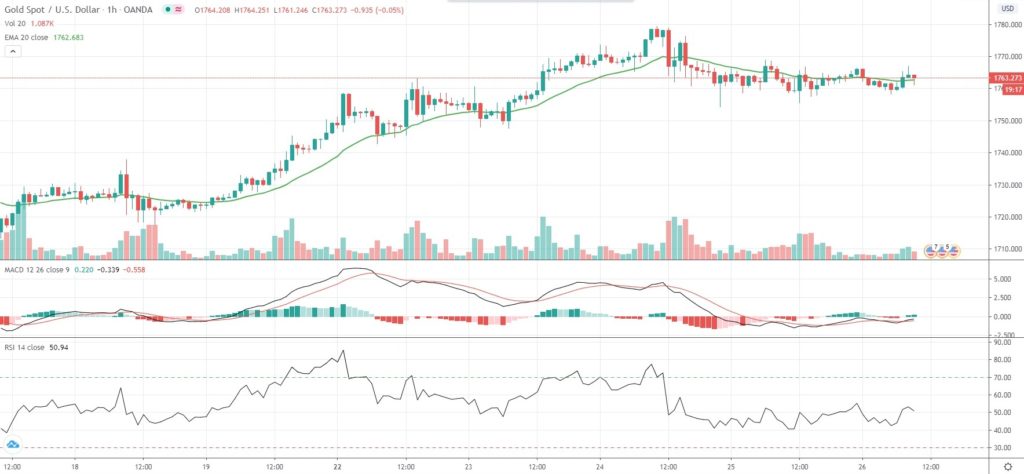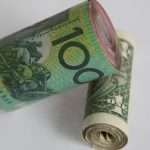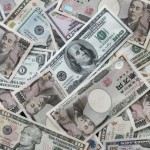Gold traded within a relatively tight daily range during the Asian and European sessions on Friday and was poised to register its third successive week of gains amid surging new COVID-19 infections globally, which cast doubt on the V-shaped economic recovery forecast by many.
More than 179,700 new cases of the illness were reported globally on Thursday, which brought the total confirmed cases to over 9.724 million. The United States reported a record surge in new daily cases yesterday, while the governor of Texas temporarily postponed the reopening of the state amid rising new infections and hospitalizations.
The pandemic appeared to have caused more severe damage on global economic activity than initially thought, as the International Monetary Fund further revised down its global growth forecast earlier this week. It now projects a 4.9% contraction in global GDP for 2020, compared with a 3.0% drop expected in April.
Meanwhile, Bank of Japan Governor Haruhiko Kuroda said second-round effects of the pandemic could deliver a significant blow to Japan’s economy, indicating the central bank is prepared to expand stimulus measures.
“Japan’s economy has been in an extremely severe situation … In the second quarter, we’ll likely see considerable negative growth,” BoJ Kuroda said. Yet, he added that at this point, “we didn’t see the need to further lower the entire yield curve. Of course, if necessary we will do that. But now, we don’t think it’s necessary.”
“Given the macro backdrop, sentiment in the gold market is positive, and this is illustrated in the continual increase in exchange-traded fund holdings,” ING analyst Warren Patterson said.
Holdings of the SPDR Gold Trust ETF remained at highs unseen in at least seven years.
As of 9:39 GMT on Friday Spot Gold was inching down 0.03% to trade at $1,763.19 per troy ounce, while moving within a daily range of $1,758.31-$1,766.88. Meanwhile, Gold futures for delivery in August were gaining 0.25% on the day to trade at $1,775.05 per troy ounce, while Silver futures for delivery in July were up 0.36% to trade at $17.960 per troy ounce.
The US Dollar Index, which reflects the relative strength of the greenback against a basket of six other major currencies, was inching down 0.06% on Friday to 97.33, following two consecutive days of gains.
Today Gold traders will be paying attention to US core PCE inflation data for May, scheduled to be released at 12:30 GMT. The Core Personal Consumption Expenditure (PCE) Price Index is expected to increase 0.9% year-on-year in May, slowing down from 1.0% in April. A slowdown in core inflation would add to the case of additional stimulus, which is Gold-positive.
Additionally, the monthly survey by Thomson Reuters and the University of Michigan may show that US consumer confidence continued to improve in June. The final index reading probably came in at 79.0, up from a preliminary value of 78.9. The final data is due out at 14:00 GMT.
Meanwhile, near-term investor interest rate expectations were without change. According to CME’s FedWatch Tool, as of June 26th, investors saw a 100.0% chance of the Federal Reserve keeping borrowing costs at the current 0%-0.25% level at its policy meeting on July 28th-29th, or unchanged compared to June 25th.
Daily Pivot Levels (traditional method of calculation)
Central Pivot – $1,762.31
R1 – $1,770.38
R2 – $1,777.06
R3 – $1,785.13
R4 – $1,793.19
S1 – $1,755.63
S2 – $1,747.56
S3 – $1,740.88
S4 – $1,734.19






